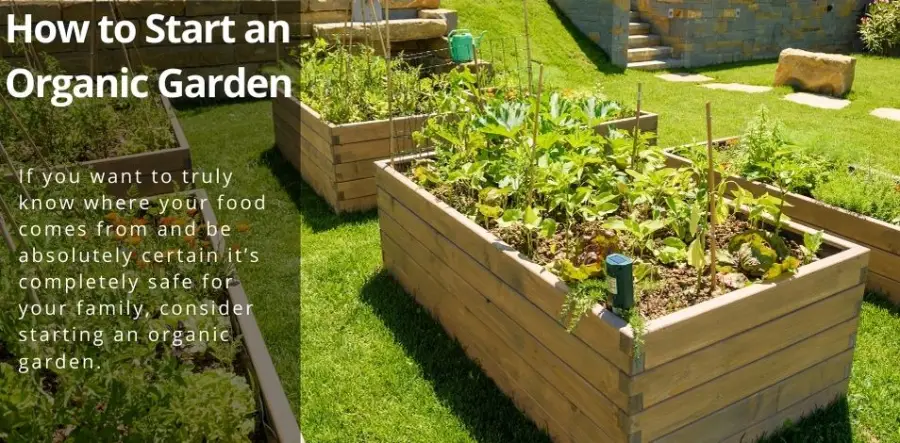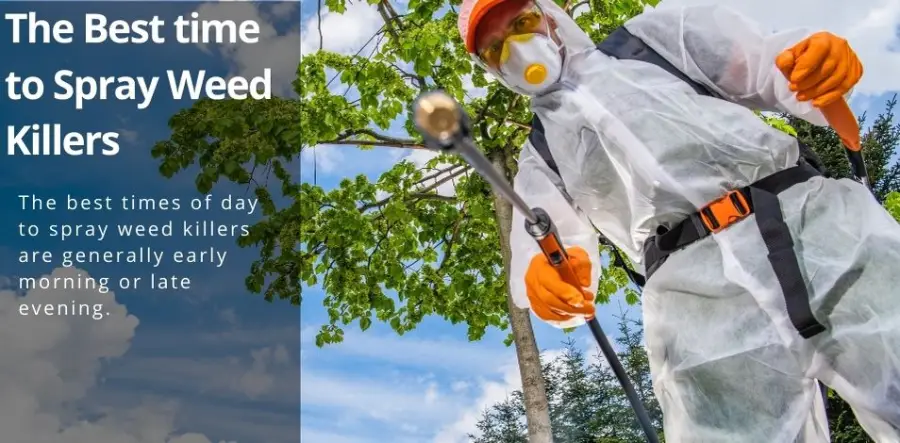Do you know the difference between a weed and a flower? No? You’re not alone. Many people don’t know the difference, and even more, don’t know how to get rid of the weeds that take over their lawn every year. This guide will help you identify common lawn weeds, give you tips on how to get rid of them, and help you keep your lawn looking beautiful all season long.
Table of Contents
ToggleCrabgrass
This summer annual germinates and produces seed heads early in the growing season and then dies as temperatures fall. It has thin, hairy stems with small, narrow, white, or pink flowers on thread-like branches. It reproduces by seed, having large numbers of small seeds spread by water or lawnmowers. It is also easily transported when the wind blows its seeds into other areas
Recommended herbicides
Preen Weed Preventer
Spectracide Weed Killer
Natria weed killer
Organic weed killers
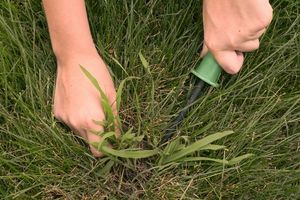
Dandelions
These yellow flower heads produce a white taproot with branched side roots deep in the soil. They can be found in bare spots all over the lawn. These bright blooms have a rosette of deeply incised, narrow leaves that emerge from a central crown. The leaves are green with jagged white markings on the margins and veins. The roots can be pulled any time after the plant flowers in early summer.
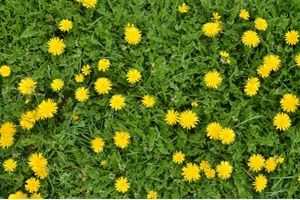
Quackgrass
This erect, creeping annual grass forms shallow-rooted mats up to 2 feet wide at maturity. Flower stalks may reach as high as 20 inches tall and produce short, twisted bristles instead of seeds. Plants often form a solid mat where they grow above other lawn plants and choke them out. It prefers moist soils but will tolerate dry conditions as well as shade or sunlight along with compacted soil due to heavy foot traffic or equipment.
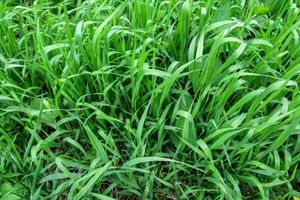
Nut sedge
This creeping perennial has creamy-white to yellow flowers that grow on leafless stalks. It produces tubers and a large, triangular stem base. The leaves are narrower than most grasses, and it is often confused with moss because of the color and creeping growth pattern. Plants reproduce from seed and may be pulled up before flowering or mowed off at ground level after they flower in late summer.
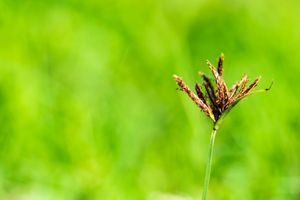
Moss
Moss is usually identified as light green, dark green, or black turf that appears sparsely throughout the lawn even though other vegetation seems dense. Moss is not actually a weed, but it can seem like one if it spreads into open areas of the lawn, such as on bare spots or thin grass caused by drought. Moss is easy to control since it grows slowly and only in damp areas where other grasses will not grow well.

Bindweed
This is a climbing vine that produces lobed leaves with white or lavender flowers that are trumpet-shaped. They often twine around objects, forming mats of foliage along fences, trees, or other structures. It spreads by seed as well as underground stems. Weed killer should be applied before the weed flowers because post-emergent treatments are less effective against bindweed than other weeds.
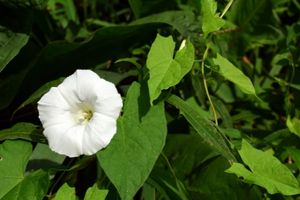
White clover
This is a perennial type of clover that grows low to the ground but remains green year round even when many lawn weeds die off during the summer months. Clover has distinctive three-part leaves and is a nitrogen-fixing plant. It spreads by seed and also grows from root pieces that are dispersed through lawnmowers or garden tools.
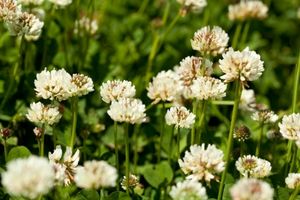
Cinquefoil
This has compound leaves that consist of five leaflets with toothed edges, producing small yellow flowers on wiry stems that branch out at the top of the plant. The stem ends in a cluster of small, dry fruits, which eventually break up into individual seeds. Many home gardeners mistake cinquefoil for dandelions because of its rugged appearance and yellow flowers. Still, it can be identified as a weed if the center rosette remains alive after mowing or other treatments are applied, which are intended to kill dandelions.
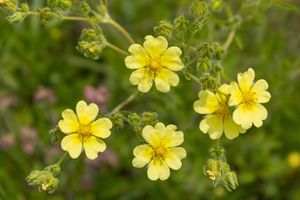
Black medic
This perennial has compound leaves that are soft and hairy. The stems may reach as high as 30 inches, and it produces small flowers that resemble black or purple wild onion with three-part petals. Each flower grows on its own stem at the end of the plant, forming a seed head that does not break apart like dandelions or other types of weeds. It is considered to be an invasive weed in many areas because it spreads rapidly by long, deep rhizomes, which allow it to survive through the hot summer months when most lawn weeds die off.
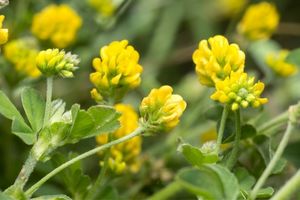
Broadleaf plantain
This perennial has broad, oval leaves that grow close to the ground along the stem with no leafstalks. They have parallel veins and may curve around to cover the stem or take on a pointed shape. The leaves are bluish-green when young but become lighter in color with maturity. It produces flowers in spikes that grow along the top of the stems and form seeds that look like tiny grains of sand.
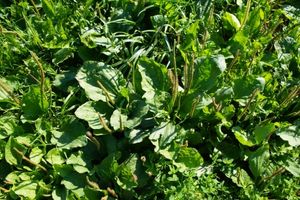
Poison Ivy
Poison ivy is a ground cover that grows leaves in groups of three, with shiny green leaflets that may be smooth or toothed at the edges. The leaves may turn red in autumn and produce white berries, which grow in clusters on stems that are separate from the main plant. It forms a dense mat that is very difficult to control, but it is also not a commonly found weed in the lawn.










